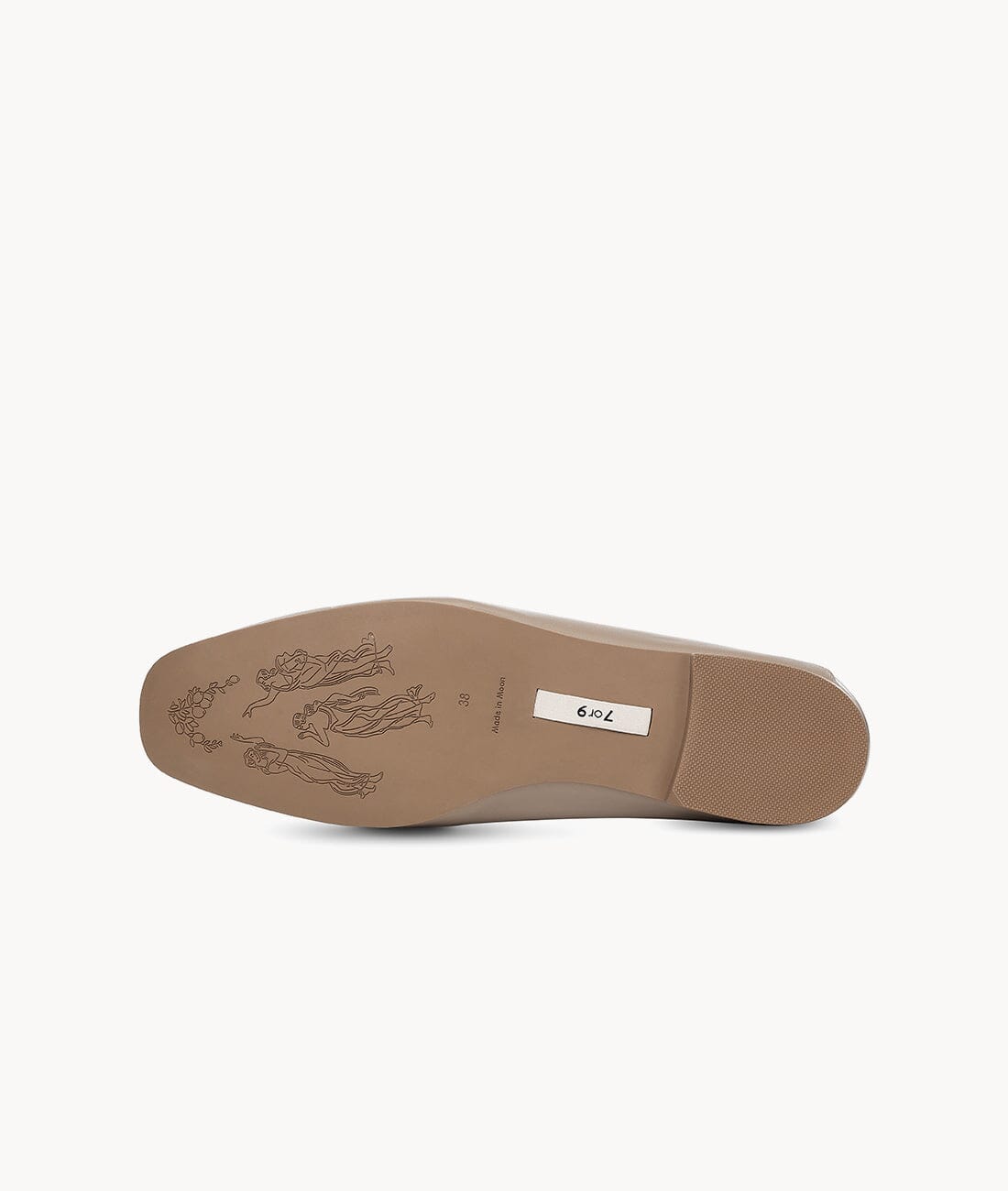From Classic to Contemporary: How Loafer Shoes Have Evolved for Women
Cuerpo
Loafer shoes have a rich history that dates back to the early 20th century. Originally designed as men's footwear, they have evolved over time to become a staple in every woman's wardrobe. In this article, we will explore the journey of loafer shoes for women, from their classic origins to their contemporary styles.

The Classic Loafer: A Timeless Design
The classic loafer, also known as the penny loafer, emerged in the 1930s and quickly gained popularity among men. Its simple slip-on design and low heel made it a comfortable and versatile choice for everyday wear. The defining feature of the classic loafer is the leather strap across the vamp, which originally served as a decorative detail. Women soon recognized the appeal of this stylish and practical shoe, and the classic loafer became a unisex footwear option.
From Menswear to Womenswear: The Evolution Begins
In the 1950s, women started embracing the classic loafer as a fashion statement. Designers began incorporating feminine elements into the shoe, such as softer materials, embellishments, and different color options. The loafer became a symbol of women's empowerment and independence, as it challenged traditional gender norms in fashion. Women could now enjoy the comfort and style of loafers while making a bold fashion statement.
The Contemporary Loafer: A Modern Twist
In recent years, the loafer has undergone a significant transformation to cater to the evolving tastes and preferences of women. Designers have experimented with various materials, patterns, and silhouettes to create contemporary loafer styles that are both fashionable and functional. From metallic finishes to animal prints, there is a wide range of options available to suit every woman's personal style.
Contemporary loafers also come in different heel heights, allowing women to choose between flats, low heels, or even chunky platforms. This versatility makes them suitable for various occasions, from casual outings to formal events. The modern loafer has truly become a wardrobe essential for women of all ages.
The Future of Loafer Shoes for Women
The evolution of loafer shoes for women is far from over. As fashion continues to evolve, designers will undoubtedly find new ways to reinvent this classic footwear style. We can expect to see more innovative materials, unique embellishments, and creative designs in the future. The loafer will continue to adapt to the changing needs and preferences of women, while still maintaining its timeless appeal.
In conclusion, the journey of loafer shoes for women has been a fascinating one. From their classic origins as men's footwear to their contemporary styles, loafer shoes have evolved to become a fashion staple for women around the world. Whether you prefer the timeless elegance of the classic loafer or the boldness of a contemporary design, there is a loafer shoe out there for every woman.









Comentarios